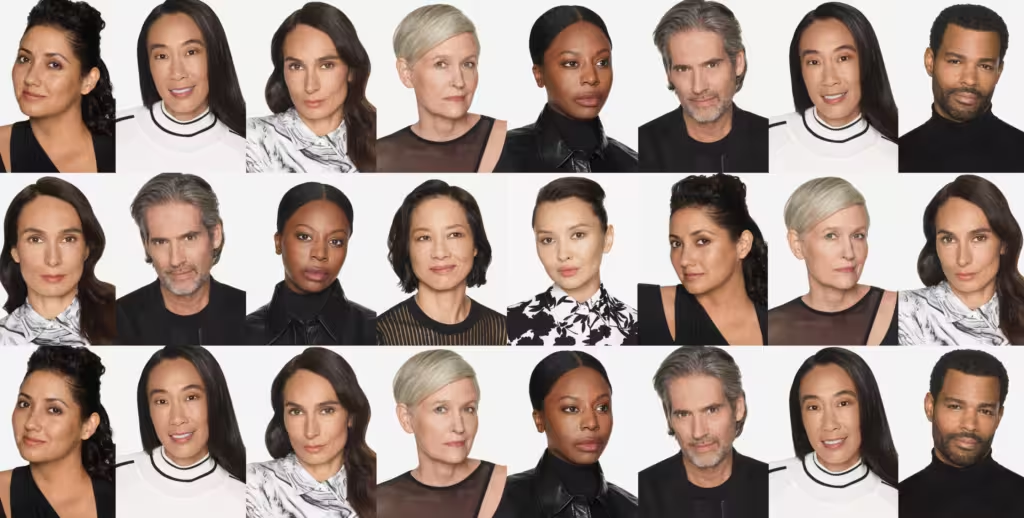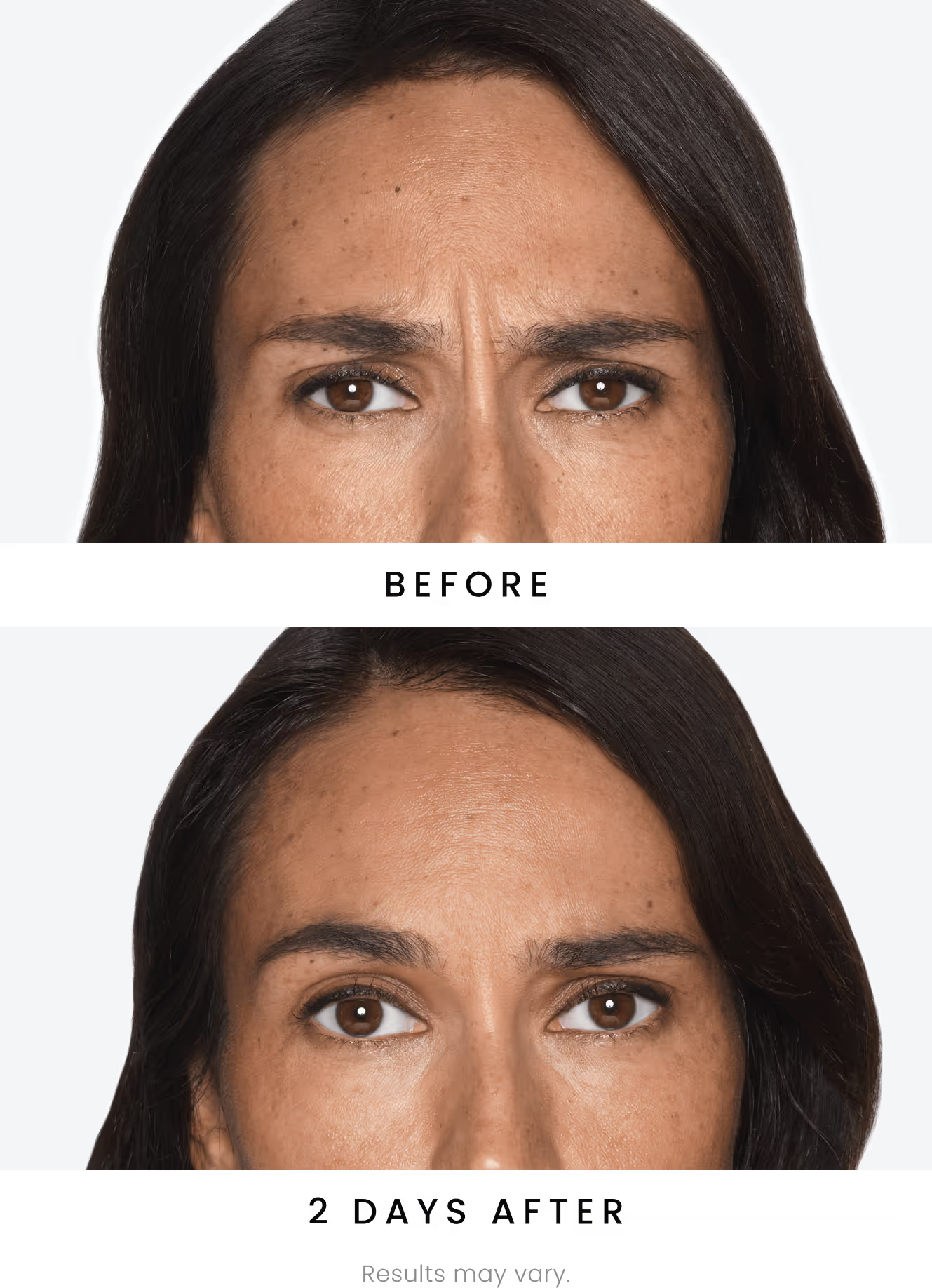The daxxify® difference
Results from frown line treatments
DAXXIFY® is different from conventional frown line treatments because it is the only treatment powered by a peptide. DAXXIFY® does not contain human or animal byproducts, like other frown line treatments. If you are looking for an alternative to frown line treatments like Botox® Cosmetic, Dysport® or Xeomin® and want something that works fast, lasts, and gives a better look,* experience the DAXXIFY® Difference.
DAXXIFY® kicks in quickly. You may see results as early as the next day after treatment, and typically within 2 days.


Have an event coming up?
DAXXIFY® kicks in quickly. You may see results as early as the next day after treatment, and typically within 2 days.
Have a busy schedule?
DAXXIFY® is long lasting and keeps frown lines smoother with the convenience of as few as 2 treatments a year. DAXXIFY® results slowly soften over a prolonged period of time*
What is DAXXIFY®?
DAXXIFY® is FDA approved to smooth moderate to severe lines between the brows. It is the only frown line treatment powered by a peptide.
The active ingredient in DAXXIFY® is a purified protein called botulinum toxin type A.
Is DAXXIFY® for me?
DAXXIFY® could be for you if you would like to improve the look of your frown lines with a product that’s fast acting, long lasting and delivers a better look.*
Why does DAXXIFY® have a peptide?
All frown line treatments require a special ingredient to stabilize botulinum toxin A, the protein responsible for helping smooth moderate to severe frown lines. For instance, Botox® Cosmetic uses human serum albumin (HSA), a blood product, as its stabilizer. Dysport®, another frown line treatment, uses HSA as a stabilizer and cow’s milk protein as a protectant.
DAXXIFY® is unique because it is the only formulation that uses a novel peptide as a stabilizer and does not contain human or animal byproducts.
*At least 50% of patients in clinical studies had no or minor frown lines 6 months after treatment. †64% of patients achieved improvement in the appearance of skin texture at week 2 from a post hoc analysis of a Phase 2 clinical study with 60 patients.

